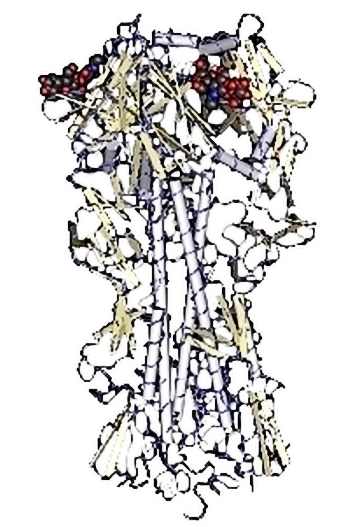Scientists have recently discovered the structure of a key protein in the H5N1 avian influenza virus that could mutate into a lethal strain easily transmissible from human to human.
 |
| Image of the hemagglutinin protein structure model (Image from an external website) |
This significant discovery aids scientists in effectively monitoring the genetic mutations of the H5N1 virus and provides early warnings of the potential for this virus to adapt for human transmission.
In a study published online in the journal Science on March 16, researchers from the Scripps Research Institute (USA) reported that they had identified the structure of the hemagglutinin protein. This protein enables the avian influenza virus to penetrate host cells and is the first antigen on the surface of the influenza virus.
The researchers captured images and analyzed this protein after isolating a sample of the H5N1 virus from a Vietnamese boy who died from avian influenza in 2004.
According to the researchers, hemagglutinin attaches to various cell receptors in birds and human influenza strains, which may explain why most avian influenza viruses do not spread from person to person.
Currently, only three types of avian influenza viruses have the potential to cause a human flu pandemic: H1N1, H2N2, and H3N2. These three viruses have previously caused pandemics in 1918, 1957, and 1968, resulting in the deaths of tens of millions of people worldwide after their hemagglutinin adapted to the human population.
Scientists have found that although the hemagglutinin of the H5N1 virus closely resembles that of the H1N1 virus, these variants do not produce a virus suitable for human receptors.
However, scientists also noted that some of these variants could enable the hemagglutinin of the H5N1 virus to bind with human lung epithelial cells, giving it a potential foothold in the human community.


















































